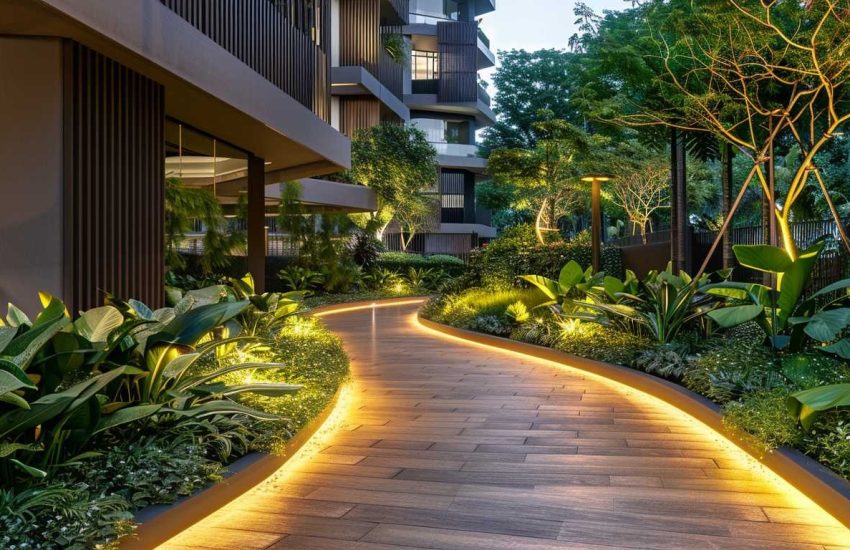How to build tab top curtains for the home
Is it correct to mention that you want to create your own handmade home curtains with the texture you prefer? It’s easier than you would think. Pole pocket curtains, back tab window curtains, grommet window curtains, and tab top curtains are just a few of the many curtain designs that are simple to construct.
Simply by changing the window treatments, you may completely transform the appearance of your space. This construction is perfect for fixed panels, whether of whether you’re building new window curtains from scratch or only adding the tab best.
what you require
curtain material
curtain rod for windows
sewing needles
Ruler \Scissors
Slice the panel fabric.
The size and placement of the windows, along with the sewing allowances, will determine the length and breadth of your panel. Calculate that you’ll need around twice as much texture for your boards as there are windows in your house.
Cut out your boards, and then for each board, cut a facing piece. The facing should be between three and four inches long and the same width as the window decoration board.
Make the window panels a little bit longer than you would think you’ll need if you have a lot of texture to work with.
Choose the Tab Length
To get the length of your tabs, pin a section of material over the drapery pole. The upper border of the curtain should dangle two to four inches beneath the bar as a reliable rule of thumb.
Remove them
Put a tab at each of the blind’s outside corners to determine how many you’ll need. After that, position the remaining items evenly, about six to eight inches apart.
The tabs will typically be around 2 inches wide. Start by removing sections with a 5 inch width and the length you chose in Step 1 for a 2 inch width. The long edges can also be sewn together after cutting a continuous length at a 5 inch width. In any case, press your texture level after turning it right side out.
Finish the Panel Edges
To complete your window curtain edges, overlap the texture over twice on each side and fasten to make a spotless edge. On the off chance that you know the specific length you need, you can likewise stitch now or pause and do that as a last advance. Spare yourself time by utilizing a more extended join length, since window ornament creases normally won’t experience a similar mileage as garments.
Glue the tabs on.
On your shade board, tack the tabs. If your texture has stripes, match the stripes on your tabs to the stripes on the board. Utilizing a half” crease as compensation, sew over the top.
You will need to space the tabs more apart if your texture is dense or overbearing. As a result, they will glide on the shade pole even more readily, making it easier to pull the curtains open on either side of the window.
Connect the Facing.
To synchronise the finished width of the finished drapery board, crevice the side and base edge of the facing piece. Press. Right sides together, adhere the looking to the window ornament board, and then connect over the top edge with a creased stipend.
Input the Facing.
To create a new edge, press the confronting and tabs upward.
Sew the Facing
Turn the board over and press the looking down at the top edge, making a point to keep the tabs expanded. Join over the base of the looking to encase the top edge.









